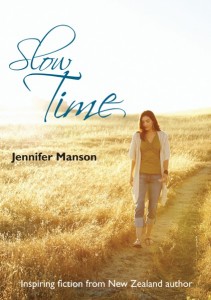If you’d like a day out and support and guidance to start Flowing your book, come along to one of my Book Shaping Days – I’d LOVE to see you there!
The process of Flowing nonfiction is slightly different to fiction – at least for me – and much easier.
Creating structure
I find creating a planned structure essential for nonfiction, whereas for fiction, I let my unconscious mind take care of that for me.
Personally, I find seeing structure easy: dividing content into chapters and then points of interest, but if this isn’t you there are some easy processes you can use to clarify the structure of what you want to say – I’ll talk about one of those further down.
Who is the audience, and what do they want?
The first thing is to know who I want to write for, and how I want their lives to change as a result. It’s an easy question to answer, and in answering it, I clarify my direction.
Creating the document
Then there is the mechanical process of creating a document for the book, with chapter headings, sub headings and point by point headings. I put all these in italics, and appropriate heading styles, and get the word processor to create a contents page automatically.
Filling in the blanks
Writing from here is very, very easy. Any time I have a gap in my schedule, and time to write a little bit, I scan down through the headings to see what I feel like writing today. It works really well if the headings are in small, bite-sized chunks, so lots of them. Then I can write that small piece, turn off the italics, and either go on to another one or come back tomorrow.
The first time I wrote a book in this way, I didn’t even realise I had finished. I came back to it to write some more, and there were no more italic headings, I had done them all!
If writing isn’t your Flow
If writing isn’t easy for you, think about what is.
- Could you record a short audio for each heading, and get it transcribed and edited?
- Could you get someone to interview you, creating questions for each of the headings, and speak your content in conversation to a fascinated listener? These questions can make thought-provoking headings in the text, often more engaging than a factual heading.
- Have you already recorded the content in workshops or speaking?
- Do you have a series of blog posts you could adapt?
Or is it the size of the task that daunts you, in which case just having it divided into small sections may be all you need to make it possible to write.
An easy way to plan
If you tend to think big picture, and three-dimensionally, with ideas connecting in many different directions, an easy way to create a structure and order to your book is to get a pile of blank cards and write a point on each, in whatever order they occur to you, until you have everything you can think of down.
Then shuffle them up, go through them and divide them into piles of related ideas. Five to twelve chapters is usually about right, so group or separate the piles until you are in that range. Think of chapter headings that will appeal to your target audience.
Divide and divide
Then take each pile and divide that up again into logical groupings. Think of more subheadings – and consider the use of questions again for these, to engage the reader’s thinking.
The last step is to put the cards in order, then type the headings into your document, and get started on Flowing your content, step-by-step.
Good luck, and if you have any questions, please ask!
Would you like some help?
If you’d like a day out and support and guidance to start Flowing your book, come along to one of my Book Shaping Days – I’d LOVE to see you there!

